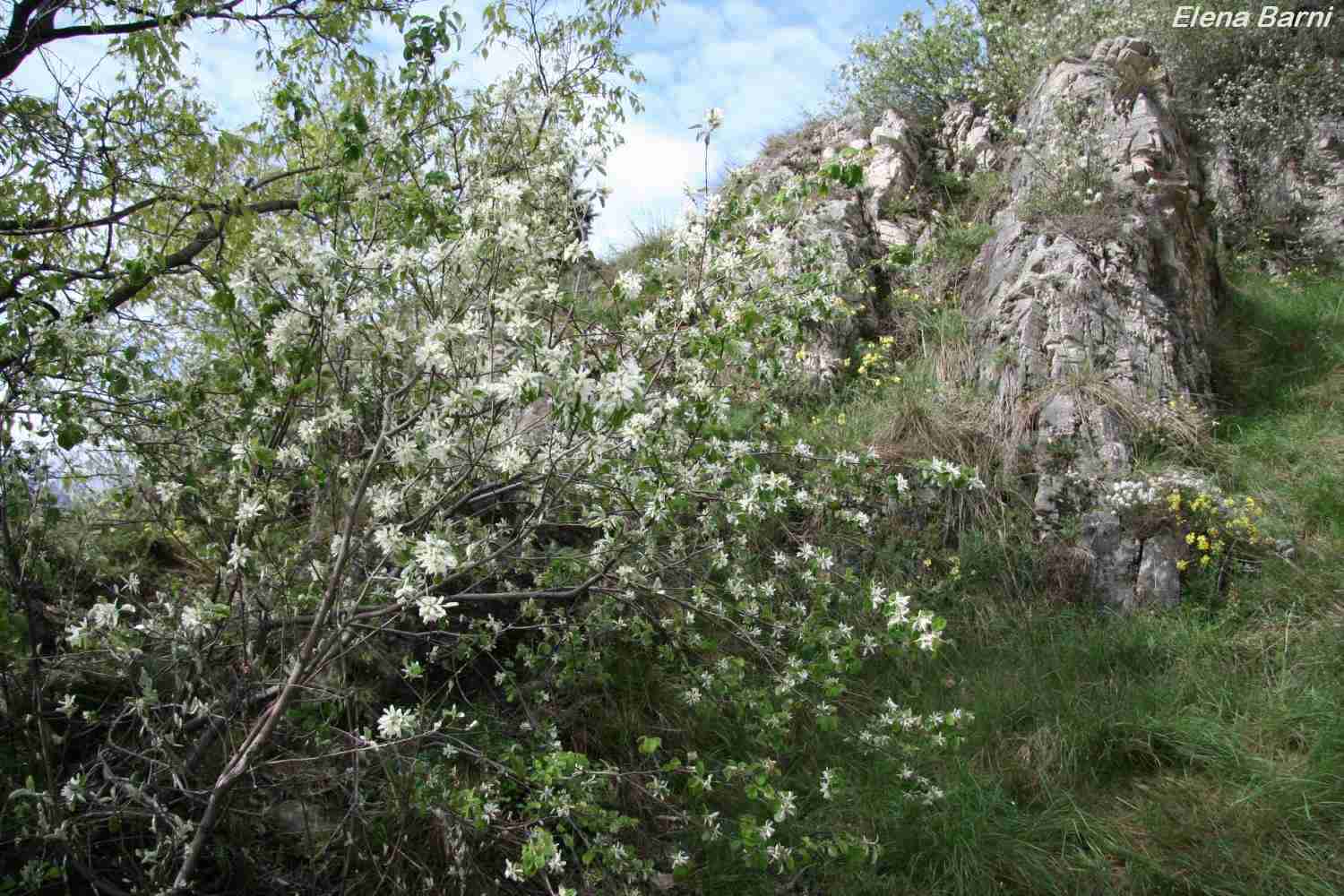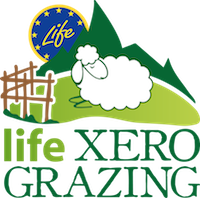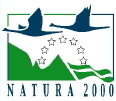Phytosociology
- In Eng
- Hits: 4064
 From the point of view of phytosociology, habitat 6210* comprises of xeric formations of the alliance Diplachnion serotinae (Festucetalia valesiacae order), which is probably the most widespread type of vegetation in the area of intervention. Based on previous studies conducted by Braun-Blanquet (1961), these plant communities have been classed in the Heteropogono-Cleistogenetum serotinae association (Contorteto-Diplachnetum Br.-Bl. 1961). These species are present in the areas of intervention with two variants: the Stipa pennatavariant (drier areas), and the Chrysopogon gryllus variant (less dry areas).
From the point of view of phytosociology, habitat 6210* comprises of xeric formations of the alliance Diplachnion serotinae (Festucetalia valesiacae order), which is probably the most widespread type of vegetation in the area of intervention. Based on previous studies conducted by Braun-Blanquet (1961), these plant communities have been classed in the Heteropogono-Cleistogenetum serotinae association (Contorteto-Diplachnetum Br.-Bl. 1961). These species are present in the areas of intervention with two variants: the Stipa pennatavariant (drier areas), and the Chrysopogon gryllus variant (less dry areas).
In many areas as a result of previous crops, there is an abundant presence of Bromus erectus, numerous meso-xeric species which have characteristics of the Mesobromion erecti alliance (Ononis repens, Ranunculus bulbosus, Salvia pratensis) and types of Brometalia erecti (lobularia puntata, Potentilla tabernaemontani, Knautia mollis, Hippocrepis comosa, Ononis natrix, Carex caryophyllea, Koeleria pyramidata, etc.). This might suggest a phytosociological attribution to Mesobromion,which represents a vegetative appearance more typical to habitat 6210*.






